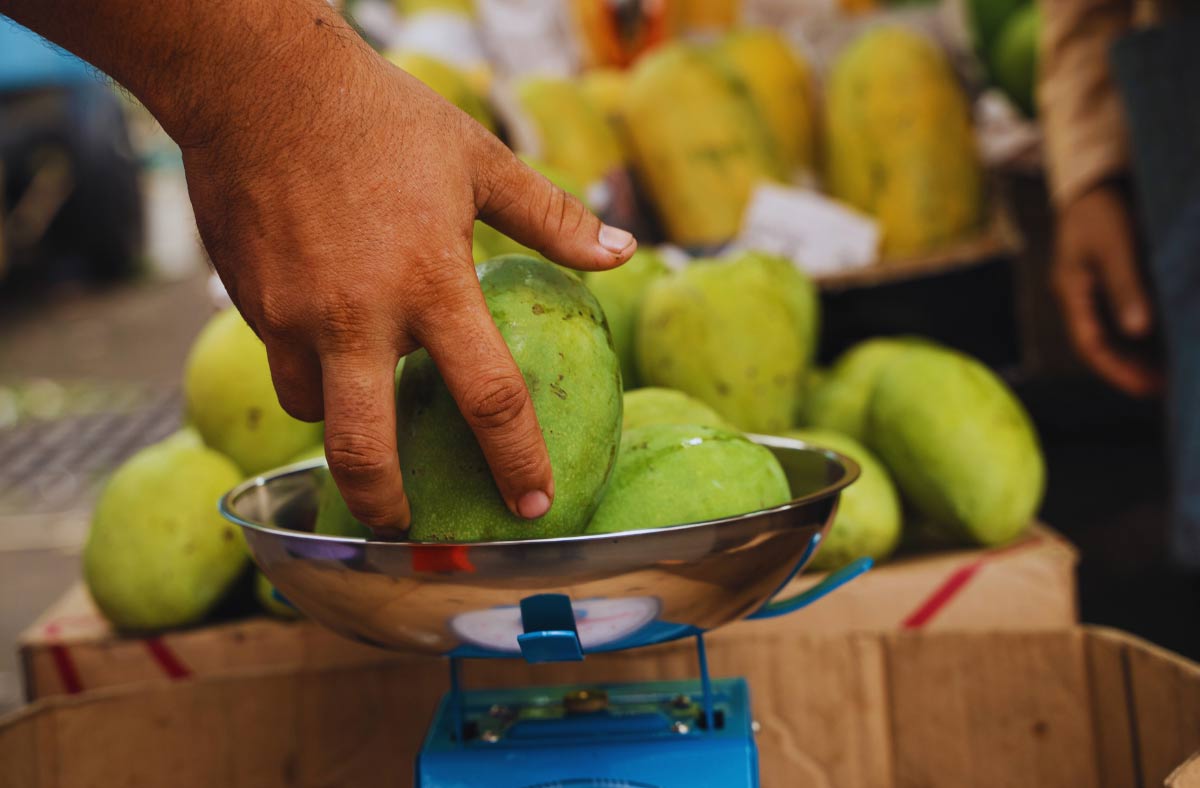
When planning for international exporting and the distribution of goods, a strong understanding of the fundamentals of global logistics is necessary for success. In particular, key terms, such as inbound logistics and outbound logistics should become second nature to you, as they affect the decisions you make, the strategies you employ, and the way your exporting strategy operates. It’s essential to know exactly what each term means and how it applies to your global business plans.
If you want to know the difference between inbound logistics and outbound logistics, read through our explanation below:
Inbound logistics
Inbound logistics refers to the movement of supplies and materials for the purposes of manufacturing products. For international trade, inbound raw materials and supplies for production means that the inputs of production cross borders to be manufactured.
Manufacturing occurs in the jurisdiction of the buyer of the supplies, at a manufacturing plant in another country, or by a manufacturer who has been contracted by a buyer to produce a finished good for the buyer (outsourcing). For example, clothing made by contract manufacturing plants in Bangladesh: The manufacturing plants import fabric, thread, garment accessories (e.g. zippers and buttons) from other countries to manufacture the finished product that is exported to other countries.
As another example, Canadian wheat grain is a commodity that is imported by Japanese trading companies who transport the wheat to Japan where a Japanese government agency buys the wheat and then sells it to Japanese mills for processing.
Organizations entering international supply chains must ensure that their supplier systems can sustain the added demands of international trade. Materials management is a service function, representing the consolidation of the purchasing, transportation and warehousing functions into one management responsibility.
As illustrated in Figure 4.2, the integrated chain of materials handling activities in a company’s production process may flow in the following sequence:
Materials management planning begins as the needs for materials are determined and normally end at the point of manufacture or distribution of a marketable product. It can be defined as the first half of the logistics chain. Manufacturers/buyers enter the procurement process with suppliers/sellers to negotiate contracts, define terms of shipping and specification requirements, such as supply levels (e.g. Just-in-Time, Zero Inventory and Kaizen) and quality requirements. Outsourced or offshore manufacturers who are contracted to make and supply buyers with finished goods may have more limited control over costs and other logistics factors if buyers require the use of certain suppliers and materials, or provide the materials to the manufacturer.
Buyers need to plan the logistics for orders of supplies and raw materials. This includes activities such as:
- Transportation of goods according to agreed-upon Incoterms® trade terms
- Customs processing
- Materials handling, including picking, packing, loading and unloading supplies and raw materials on and off transportation vehicles/vessels
- Inventory management, including implementing supply level programs, storage, tracking and ordering, and IT systems
- Quality control, as part of contract management and relationship building with suppliers
Want to learn more about managing your company’s supply chain, logistics and how to mitigate risks? Check out the FITTskills Global Value Chain online course. 
The focus for inbound logistics is on getting the right supplies:
- In the right quantity (based on the inventory management program)
- In the specified condition (as per the specifications in the sales contract)
- To the manufacturing plant
- At the required time (when needed for production)
- For the least cost
Suppliers can also export/sell their raw materials or goods through distribution intermediaries. This indirect exporting allows the suppliers to let others, such as marketing boards, trading houses or agents, deal with the issues of international sales and logistics.
Outbound logistics
Outbound logistics refers to the movement of finished goods from manufacturers to the consumers of the finished products. Manufacturers sell their finished products domestically or sell their finished products to other consumers in other countries directly or through the use of distribution channels.
For outbound logistics, manufacturers need to make decisions about the distribution models or channels to use, select distribution intermediaries (based on the selected distribution model), negotiate contracts, define terms of shipping, and then plan the logistics, including activities, such as:
- Transportation of goods according to the agreed upon Incoterms® rules and distribution network
- Customs processing
- Materials handling, including, picking, packing, loading and unloading finished goods on and off transportation vehicles/vessels, breaking and consolidating orders
- Inventory management, including storage, warehousing, and tracking
- Customer order processing and administration, including document management
- Reverse logistics, including repair, re-use and recycling
Selling products internationally requires decisions about distribution channels, which is determined by the organization’s sales and marketing strategy, and the overall business strategy. Outbound logistics provides opportunities for a variety of distribution channel and physical distribution arrangements. In terms of distribution, the most used market entry strategies are:
- Direct exporting: An organization markets and sells goods or services to a foreign buyer.
- Indirect exporting: An organization sells goods or services to a domestic intermediary or a foreign intermediary that is resident in the organization’s country. The intermediary takes responsibility for finding buyers, establishing distribution routes and obtaining payments in a foreign market.
Organizations can also operate as a domestic business in the foreign country through direct foreign investment by:
- Setting up manufacturing plants, branch offices in target market
- Acquiring existing companies
- Entering joint ventures with foreign partners
- Setting up franchises or selling licences in target markets
These market entry strategies would use domestic distribution channels in the target markets and could take advantage of cost-saving transportation logistics opportunities.








disqus comments